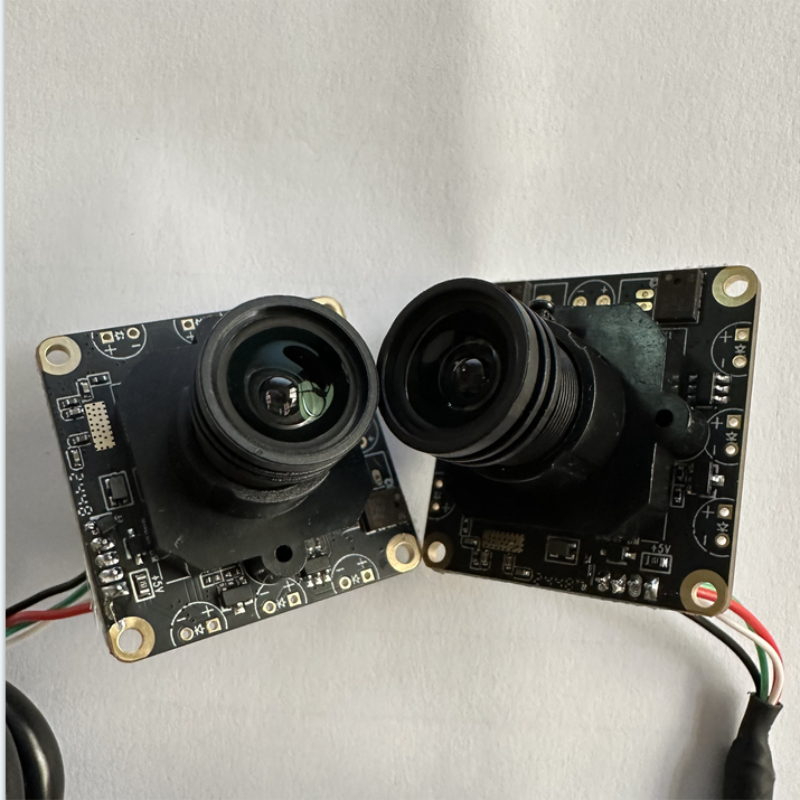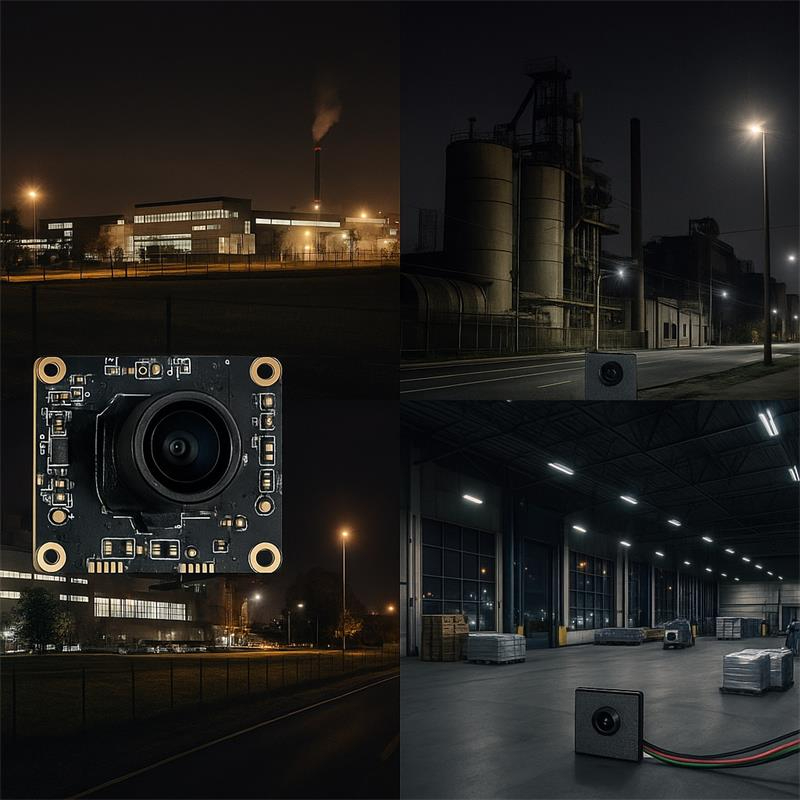
In today’s competitive industrial and commercial sectors, visual performance under challenging lighting conditions is no longer optional — it’s mission-critical. Whether you are monitoring a factory floor at night, guiding autonomous vehicles through dim warehouses, or capturing license plates in poorly lit environments, image clarity can define operational success.
The Sony STARVIS IMX385 USB camera module sets a new standard in low-light imaging, combining starlight sensitivity, HDR capability, and flexible lens options (2.8 mm wide-angle, 6 mm standard, 8 mm telephoto) into a robust, plug-and-play package that integrates easily into industrial and commercial systems in both the United States and Europe.
At the heart of this camera module is the Sony STARVIS back-illuminated CMOS sensor, optimized for ultra-low-light performance down to 0.001 Lux. This allows you to maintain full-color video in conditions where conventional cameras would require infrared illumination or accept significant noise and blur.
Coupled with High Dynamic Range (HDR), the IMX385 handles high-contrast lighting environments — for example, where a bright light source and dark shadows coexist in the same frame, such as a tunnel exit, a welding bay, or a sunlit doorway in a factory.
Key technical advantages include:

Factories and processing plants often face variable or low-light conditions, especially in night shifts or enclosed production lines. The IMX385 with a 6 mm lens provides balanced field-of-view and pixel density for quality inspection, assembly line monitoring, and robotic guidance — ensuring defects are spotted without costly downtime.
Example:
In large warehouses or distribution centers, visibility in low-light aisles is crucial for AMRs (Autonomous Mobile Robots), barcode tracking, and inventory monitoring. The 2.8 mm wide-angle lens captures wide aisle views, while the 6 mm lens supports AGV navigation with accurate depth perception.
Example:
STARVIS technology excels in day/night surveillance without switching to monochrome, maintaining color details for better incident analysis. The 8 mm telephoto lens is ideal for gate monitoring, long corridors, or fence lines up to 45 meters away.
Example:
For roadside, tunnel, or parking enforcement, capturing fast-moving vehicles at night requires high pixel density and minimal motion blur. The 8 mm lens paired with 1/60–1/120 s shutter speeds delivers crisp plate captures even in near-darkness.
Example:
In laboratories and medical diagnostics, sensitive imaging is key — from monitoring patient rooms in low light to capturing faint signals in research experiments. The IMX385’s low noise profile makes it suitable for microscopy assist, diagnostic devices, and astronomy.
For drone-based inspections over industrial sites, ports, or farms, the camera’s lightweight design and low-light clarity extend mission capabilities into dusk and nighttime. The 6 mm lens balances detail capture with scene coverage, while HDR ensures no detail is lost in mixed-light conditions.

|
Lens |
Field of View |
Working Distance |
Typical Use |
|
2.8 mm |
Wide (~97° HFoV) |
0.1–20 m |
Aisle coverage, kiosk/customer interaction, wide scene context |
|
6 mm |
Standard (~56° HFoV) |
0.5–35 m |
Production line inspection, AMR/AGV navigation, warehouse lanes |
|
8 mm |
Narrow (~43° HFoV) |
0.5–45 m |
License plate capture, long corridor security, detail inspection |

For European and American businesses in manufacturing, logistics, robotics, security, and beyond, the Sony STARVIS IMX385 USB camera module offers a unique combination of low-light performance, HDR capability, and versatile optics. It delivers the clarity and adaptability needed for modern industrial and commercial environments, even when lighting conditions are far from ideal.
If your next project demands color-accurate, high-resolution imaging in challenging light, the IMX385 is the partner that ensures your vision systems perform — day or night.